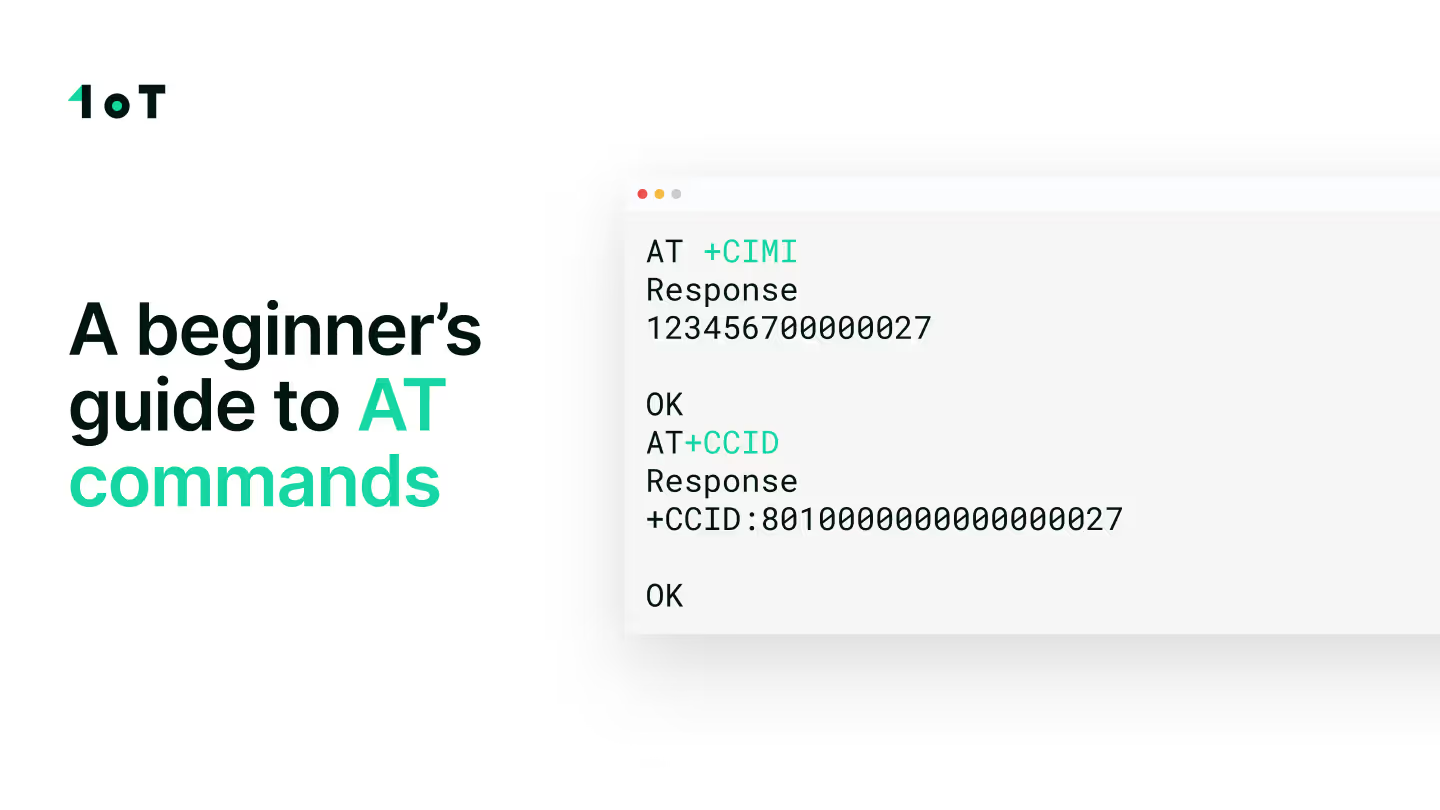How to ensure successful IoT deployments in the Gulf region

World’s smartest territory? The Gulf region is rapidly emerging as a prime candidate for the title. In Qatar, the United Arab Emirates, and Saudi Arabia, developing smart cities and smart countries is a high-priority item on the political agenda, significantly enhancing the attractive proposition these countries present to IoT solution providers.
1oT’s Sales Director, Taavi Jõgeva, and KPN IoT’s Strategic Business Development Manager and chairman of the IoT World Alliance, Mark van den Berg, talked about the region’s current IoT trends and what companies should consider before entering the market.
The Gulf region’s IoT landscape today
Throughout the area, ambitious smart city projects are being initiated, among them the ‘Smart Dubai 2021 Strategy’, which aims to make Dubai the smartest city in the world. The strategy introduces various tech-based innovations, like sensor-controlled available parking space signalization, vehicle-to-bridges and traffic lights communication, and automatic trash bin content level and composition measurement that optimizes waste removal frequencies.
Similar initiatives are in the planning stages for Qatar and Riyad, the capital city of Saudi Arabia, a country boasting one more ace in the hole – Neom, the mega-city currently under construction in the Saudi desert and generally considered the testing ground for future IoT applications. This city will see the creation of a hyperconnected environment in which everything, from vehicles and homes to infrastructure and services, will be enabled for high-end intelligent networking through state-of-the-art technology.
Transportation is another sector that will highly benefit from new IoT applications. In Dubai, we can already see fully autonomous railways being used. IoT connectivity also enables connecting other vehicles, such as smart delivery robots with a certain level of autonomy and teleoperated shuttles and buses that use high-bandwidth cellular connectivity. Another popular use case in the GCC region is asset tracking, which allows you to monitor fleets of devices, their location, telemetry data, and assets that need to travel between countries.

These are just a few examples of how new IoT technology can shape the future of sustainability, increase efficiency, and improve overall living conditions. But how do you make sure your IoT company meets the conditions for success in and around this commercially highly interesting market?
Highly fragmented market
The national authorities involved in these initiatives are committed to creating the best possible climate for IoT companies. “The problem is that these companies often have no idea of what they are getting into,” says Mark van den Berg.
In Van den Berg’s analysis, the first obstacle Western organizations are bound to run into is the fragmented market structure. “We tend to think of the region as one uniform business environment, but there are significant differences separating the individual countries, most notably, in the context of laws and regulations.”
For example, the UAE’s federal telecommunication agency (TDRA) has a set of regulations and licenses that service providers need in order to operate in the IoT space. In contrast, Saudi Arabia has their own governing regulations. Apart from legislation issued by national and local authorities, there are additional operator-specific provisions. And to add chaos to complexity, today’s requirements may be totally obsolete tomorrow.
According to Taavi Jõgeva, it’s very hard to keep track of the many different licenses required in the UAE for catering to government agencies. “There are separate licenses for individual departments, and getting them is a major challenge. Solid local networks are absolutely essential,” he adds.
The countries’ diversity is also apparent in cultural characteristics, where local differences can have a decisive impact. Van den Berg adds, “Before there is even a chance of doing business, you have to establish relations of mutual goodwill and understanding. This is a very important part of the process in all of these countries. However, from one country to another, there are major differences in the way you approach people and how you are supposed to interact. In this respect, getting to know the culture is like learning to speak the language.”
The hardware obstacle
In most cases, according to Van den Berg, technology is not the biggest problem. “Where the storage location of data has to be restricted to one specific country, we can usually provide the technical means of meeting such requirements. And there are roaming arrangements to take care of most network coverage demands, even in the middle of the desert. Where worldwide coverage is required, you do run the risk of having to deal with many different legal conditions. It is not always clear whether or not permanent roaming is an option and what exactly the local definition of the concept may be.”
In Jõgeva’s experience, hardware selection often presents problems when it comes to global implementation. “IoT equipment designed for the German market may turn out not to contain essential components for proper operation in other countries. This is a serious problem. You can adjust firmware, but changing your hardware is a much more complicated proposition.”
“Most companies are not overly eager to invest in case-specific hardware,” Van den Berg adds. “They will tend, for example, to specify standard 2G modules, even if they know this is not the most future-proof solution. Obviously, this can lead to issues when 2G networks are getting phased out, and all of a sudden, you need to upgrade thousands of smart devices to maintain your connectivity SLAs. Replacing equipment on that kind of scale is an enormous challenge, further complicated by the need to accurately predict network sunsets, especially where many different countries are involved.”
Therefore, it’s important to discuss your hardware choices with your connectivity partner or other specialists as early as possible to avoid bigger issues in the later stages of your expansion.
The importance of cooperation
Worldwide implementation of IoT solutions is a multi-faceted effort. “It is an illusion to think that one single organization can properly handle all the different relevant aspects,” Van den Berg concludes. “Working together with an MNO / MVNO or an expert with knowledge of the local market is always advisable. Also, make sure you know what companies they partner with.” Jõgeva adds, “As always, the golden rule applies: get quotations from three different parties.”
Are you facing challenges in your worldwide IoT deployments? Contact us, and we’ll support you every step of the way!













.avif)















.avif)
























































